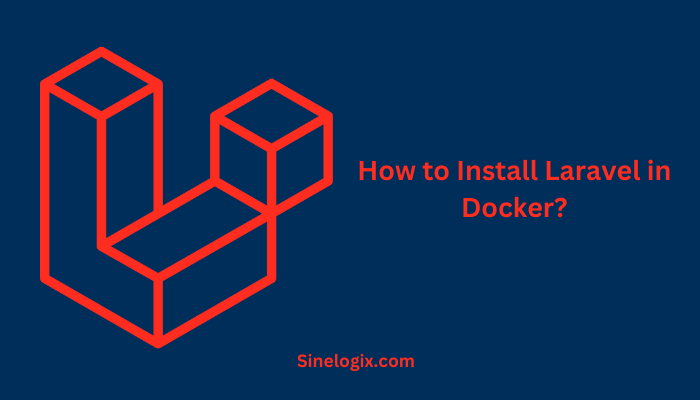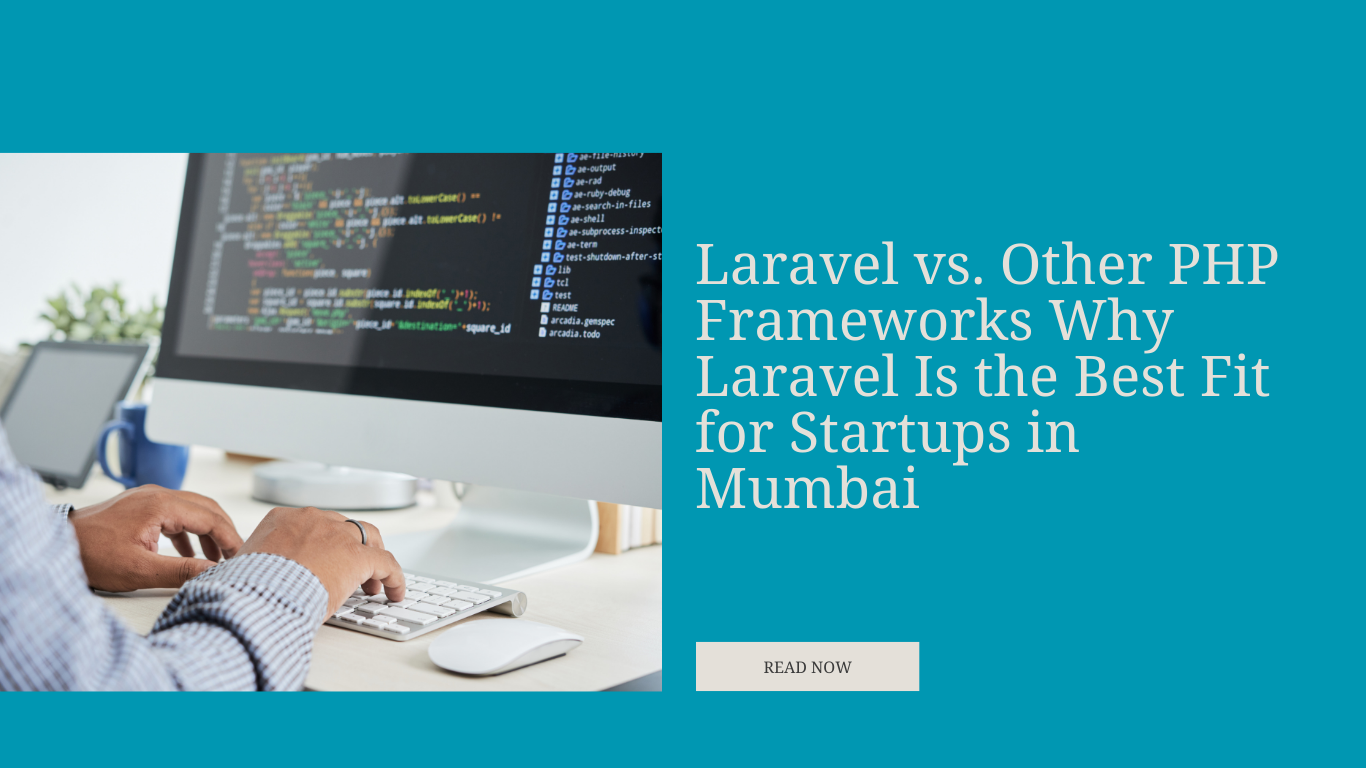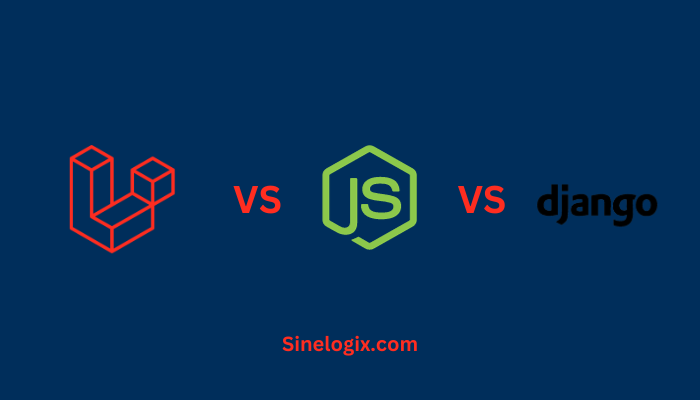Docker has revolutionized the web development and deployment world by providing a platform for creating, shipping, and running container applications. Laravel, a popular PHP web application framework, has gained a massive following due to its elegant syntax and feature-rich environment.
Combining the power of Docker with Laravel can streamline your development process and enhance your project’s portability and scalability.
In this comprehensive guide, we’ll walk you through the step-by-step process of installing Laravel in Docker, enabling you to harness the benefits of containerization while developing and deploying web applications.
Why Use Docker with Laravel?
Before we dive into the installation process, it’s essential to understand the advantages of using Docker in conjunction with Laravel:
- Consistency: Docker ensures that your Laravel environment is consistent across different stages of development, from your local machine to the production server. This reduces the “it works on my machine” problem.
- Isolation: Containers in Docker are like self-contained units. By running Laravel in a Docker container, you isolate it from your host system and other containers. This isolation enhances security and prevents conflicts between dependencies.
- Portability: Docker containers are highly portable. You can build a Laravel application in a container on your local machine and then deploy the same container to any other environment, be it a development server or a production server.
- Scalability: Docker makes it easier to scale your Laravel application. You can easily replicate containers to handle increased traffic or workload, offering flexibility for growth.
How to Setup Laravel in a Docker Container?
Now, let’s explore the step-by-step guide on how to set up Laravel in a Docker container.
Step 1: Prerequisites
Before you begin, ensure you have the following prerequisites in place:
- Docker: Docker is the heart of containerization. If you don’t have Docker installed, you can download it from Docker’s official website and follow the installation instructions for your operating system.
- Composer: Composer is a PHP dependency manager and is essential for Laravel projects. If you don’t have Composer installed, you can download it from getcomposer.org and follow the installation instructions.
- Git: You might need Git for version control and for cloning Laravel projects. If Git is not installed on your system, you can download it from git-scm.com and follow the installation instructions for your operating system.
Step 2: Setting Up Laravel in Docker
Now that you have the prerequisites in place, let’s proceed with the installation of Laravel in a Docker container. Follow these steps:
- Create a Laravel Project: Open your terminal or command prompt and navigate to the directory where you want to create your Laravel project. You can use the
cdcommand to change to your preferred directory. Run the following command to create a new Laravel project:composer create-project --prefer-dist laravel/laravel my-laravel-app
Replace “my-laravel-app” with your desired project name. This command will create a new Laravel project in a folder with that name.
- Create a Dockerfile: A Dockerfile is like a recipe that tells Docker how to build a container for your Laravel application. Create a file called
Dockerfile(no file extension) in your Laravel project’s root directory. Open it in a text editor and add the following content:# Use the official PHP image
FROM php:7.4-fpm
RUN apt-get update && apt-get install -y libpng-dev libjpeg-dev zip && docker-php-ext-configure gd –with-jpeg && docker-php-ext-install gd pdo pdo-mysql
WORKDIR /var/www/html
COPY . .
EXPOSE 9000This Dockerfile sets up a container based on PHP 7.4, installs necessary dependencies, sets the working directory, and copies your Laravel application into the container.
- Create a Docker Compose File: Docker Compose is a tool for defining and running multi-container Docker applications. Create a file called
docker-compose.ymlin your Laravel project’s root directory. Open it in a text editor and add the following content:version: '3'
services:
web:
build:
context: .
dockerfile: Dockerfile
image: my-laravel-app
container_name: my-laravel-app
volumes:
- .:/var/www/html
ports:
- "8080:9000"
This Docker Compose file tells Docker how to build and run your Laravel application. It exposes port 8080 on your host machine, which will be mapped to port 9000 inside the container.
- Build and Run the Container: In your terminal, navigate to your Laravel project’s root directory and run the following command to build and run the Docker container:
docker-compose up -d
The
-dflag tells Docker to run the containers in the background. - Access Your Laravel Application: Once the container is running, you can access your Laravel application by opening a web browser and visiting
http://localhost:8080. You should see your Laravel application up and running inside the Docker container.
Step 3: Configuration and Further Development
With Laravel running in a Docker container, you can configure your environment and proceed with further development just like you would with a standard Laravel project. This includes setting up your database, configuring environment variables, and creating controllers, models, and views for your web application.
Remember to update your .env file within your Laravel project to match the database and environment settings of your Docker container.
Related Articles:
Conclusion
In this comprehensive guide, we’ve walked you through installing Laravel in Docker and harnessing the power of containerization for your web development projects. By combining the flexibility of Laravel with the portability and scalability of Docker, you can create, test, and deploy web applications with ease.
Docker’s containerization technology ensures consistent development environments and allows for seamless deployment to various stages, from your local machine to production servers.
Laravel’s robust features and elegant syntax provide a powerful foundation for building modern web applications. Together, they form a dynamic duo that empowers developers to create and manage web projects effectively.
As you continue to work on your Laravel applications within Docker containers, you can explore Docker’s vast ecosystem of tools and services to optimize your development and deployment workflows. Happy coding!




